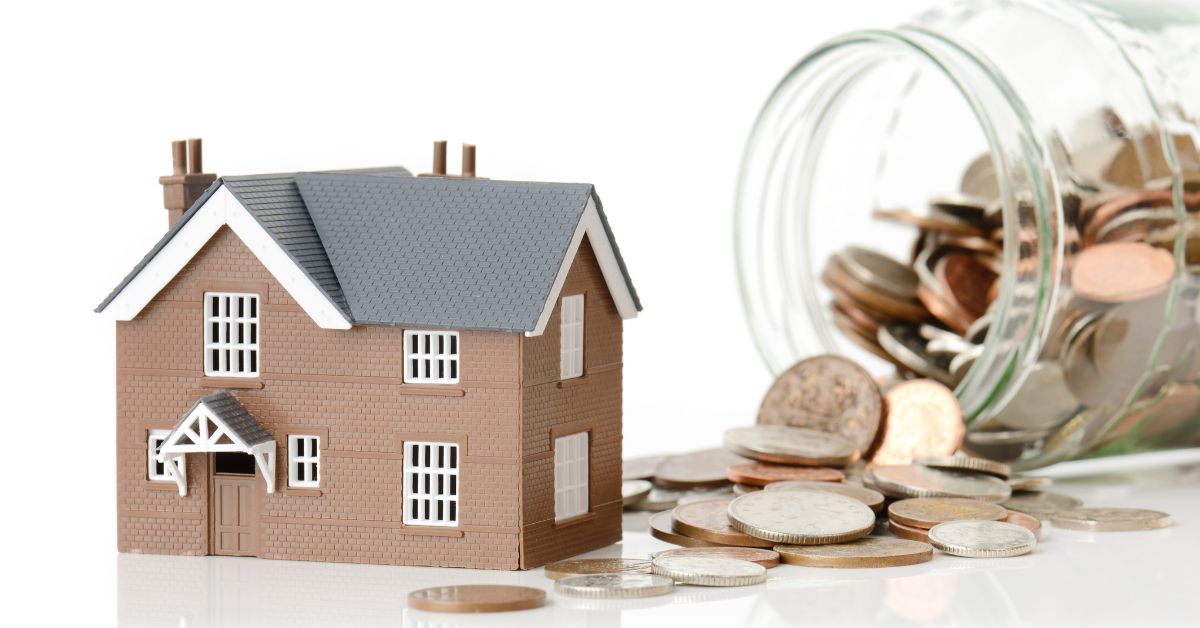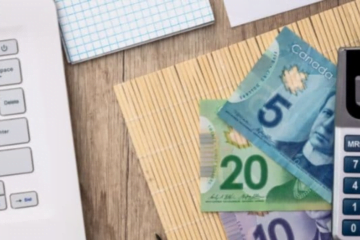Have you been wondering what it will cost to go bankrupt? The total cost will depend on several factors.
Monthly Payments
The Government of Canada publishes annual Standards, which indicate how much income is needed in Canada for families of various sizes. If the family income is greater than the amount on the Standards, the bankrupt is required to pay 50% of the EXCESS. For example, if you earned $400 more each month than the Standards indicate is necessary, you would be required to pay 50% or that, or $200 per month.
In the case where the individual does not earn more than the government Standard, the Licensed Insolvency Trustee will assess a minimum fee to cover administrative costs. This minimum fee is paid for the duration of the bankruptcy – 9 months, for a first-time bankruptcy, and 24 months for a second-time bankruptcy. This minimum fee varies from Trustee to Trustee.
The Government of Canada charges a filing fee for both Bankruptcies and Consumer Proposals. That fee increases slightly each year, with inflation. It is paid at the beginning of the Bankruptcy with the signing of documents.
Dealing with Assets
When you file a bankruptcy, you are giving up non-exempt assets, to the creditors, in return for the full forgiveness of the debt. What exactly does that mean? It means that, if you have any non-exempt assets, you may need to either give them up to be sold for the benefit of the creditors, or make an arrangement with the Trustee to “buy them back” from the creditors.
Most of your assets will be exempt from this, meaning you will be able to keep them. For example, in Manitoba, your personal effects and household furnishings, registered pensions and RRSP’s, tools of the trade, including a motor vehicle if it is used to get to and from work, and some equity in your principal residence are all exempt. Farmers in Manitoba have additional exemptions, designed to allow them to continue operating the farm.
The matter of assets, the exemptions, and how they apply to your situation, is the complicated part of Bankruptcy. The only way to know with certainty how your assets will be affected is to meet with a Licensed Insolvency Trustee. You need complete information before you will be able to make a decision as to whether Bankruptcy would be a good solution for you and your family.
Credit Rating
It is true that a Bankruptcy is reported to the major credit reporting agencies and stays on your credit for six years after your discharge from Bankruptcy. Keep in mind, however, that if you have been late with payments, missed payments, or had debt go into collections, your credit rating is already damaged.
Bankruptcy provides you with a clean slate. For example, a bank looking at giving you a car loan will usually be much more likely to do so after the bankruptcy than before. Before, you had unmanageable debt and likely had been unable to save up a downpayment. After the Bankruptcy, you would have no unsecured debt, and without debt payments to make, you would have been able to save money for a downpayment.
Are there costs to going bankrupt? Yes. Remember, however, that there are usually even higher costs to struggling with unmanageable debt – costs to your finances, your health, your family, and your relationships. You may find that the cost of Bankruptcy is trivial compared to those things.



















